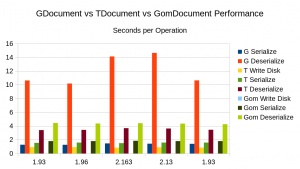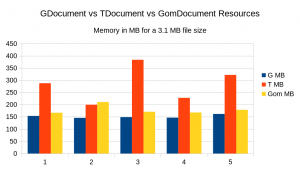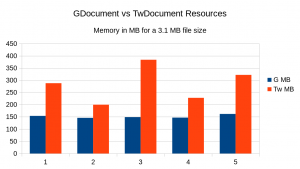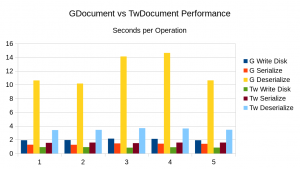Vala provides you a way to write C/GObject/GInterface code using a different syntax. Vala doesn’t require to develop a “core library” in order to provide its features. Its “compiler” is not a compiler, is a C code generator.
Vala can’t be compared with Rust, Go, Python, Java or C#, all of them provide their own “core library” in order to provide most of their features, allows you to create modules (like a library) to extend the language for their users consume. Their core generally is written in C, for very basic features, but almost in the language itself.
Vala is different in many different ways to other real programming languages. Vala can’t exists without GLib and GObject. It just wraps that libraries to provide its Object Oriented syntax. It doesn’t provides any feature by it self, just a syntax to use the ones already present in above libraries, a part to provide some convenient methods to reduce coding boilerplate.
GLib, GIO and GObject are C libraries. They are the basis for GNOME, GNOME Shell and any other application using GNOME technologies. GTK+ and any library or application using it, relays on above libraries, they can’t exists without them. VMWare and LibreOffice consume GTK+ and so GLib/GObject.
Vala provides mechanism to create bindings. They are conventions to help Vala’s code generator to produce correct C code to consume any other, apart of GLib/GObject, libraries. It can do better job if the library use GObject.
Vala is not a Language: This is a conclusion after the On Vala article, comparing Vala’s repository’s activity with other real languages.
May we need to add to Vala’s activity, all commits and developers on GLib, GObject, GTK+ and GObject Introspection, because they are, indirectly, supporters of Vala’s features and usefulness; may be we need to consider all other libraries’ activity, like libsoup, libgda, and any other one supporting GObject Introspection, because they can be consumed by Vala; this is specially true if we consider their support to generate, automatically, Vala bindings.
Considering all of these, if Vala was a real language: it can be considered to be one with a very reach, secure and stable “core”, with years of development behind; with a reach set of other libraries for your use, as a developer, to choose from. But again: Vala is not a Programming Language.
Vala is multiplatform as long as its Code Generator and their libraries it depends on, or can bind, are present in your target platform: Windows and OS X, are just examples.
May is time to update Vala’s README and vala.doap at git.gnome.org, in order to avoid missunderstandings.



